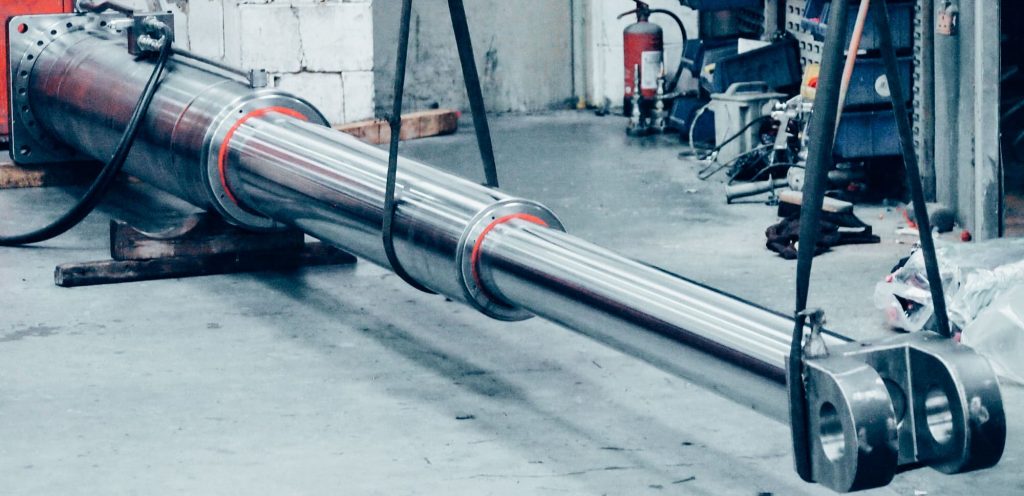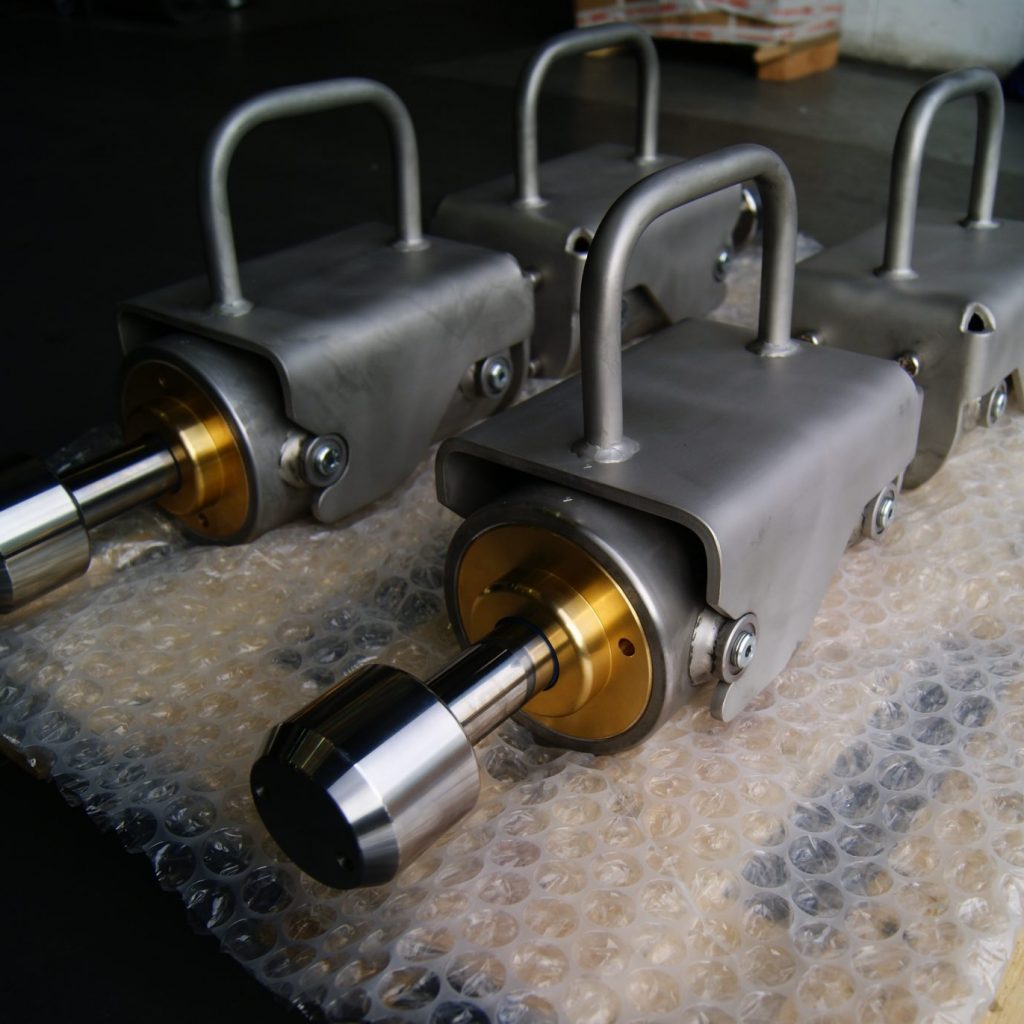Remote Oil Rigs
Oil rigs are among some of the most remote areas of man-made construction in the world. Often miles out to sea, off unpopulated shorelines, the rigs are solidly built to keep workforces safe and avoid environmental disaster, even in the face of extreme weather conditions, corrosion from the salty sea and air and any potential damage from collisions. Therefore, when it comes to decommissioning oil rigs, it is not a straightforward job. Many thousands of tonnes of metal have to be carefully deconstructed and lifted onto ships to be taken to shore.
The deep-sea risers, used to bring oil from the sea bed to the surface, present a particular challenge. They can weight up to 300 tonnes each and be hundreds of feet long. Lifting them is time consuming and laborious, making it very expensive.
A Unique New Tool
An engineering company, specialising in offshore work, developed a unique new lifting tool which is designed to double the speed at which the risers could be lifted from the sea. They approached Apex Hydraulics to produce the specialist hydraulic cylinders for the fabrication. They wanted to double the distance that the risers could be lifted out of the water with each stroke of the hydraulic cylinder; while leaving the equipment as compact in height as before.
A Unique Cylinder Design
Apex produced a series of highly bespoke double acting telescopic cylinder, utilising two very specialist hydraulic cylinder adaptations.
- A telescopic cylinder – a telescopic cylinder features a rod within a rod, with the interior rod advancing once the first rod has reached the full length of its stroke. In this way, the full stroke of the hydraulic cylinder is double that of a standard cylinder. For this application it meant that the riser could be lifted to the required 40 ft cutting length in half the time, doubling the speed that the riser can be removed.
- Double acting function – many telescopic cylinders advance hydraulically, but then retract by the force of gravity or the weight of the item it has just lifted. However, in this case, once the riser was lifted out of the water, it was held in place prior to being cut so that the cylinder could not rely on the weight of the riser to push it back into position. Theses specialist cylinders required a complex double acting design, where the hydraulic fluid would force the rod to retract as well as advance.
A third specialist adaptation can be incorporated into this design, although it was not requested for this project:
- Constant speed: Standard telescopic cylinders have an attribute that can be considered hazardous, depending on the application. As telescopic cylinders are made up of an array of different diameter bore and rod stages, the constant oil flow into the cylinder means that it takes longer to fill up the larger stages, but fills up the smaller stages much more quickly. Therefore, telescopic cylinders get increasingly faster as it works through the different stage sections. This can be very dangerous if used for lifting applications where personnel are working in close proximity and are unaware of the sudden changes in lifting speeds. It is possible to design double acting synchronised telescopic cylinders, meaning that each stage advances and retracts together at the same time giving a constant speed throughout the entire stroke length.
Crucially for this application, the rigorous testing that is carried out on all of Apex Hydraulics’ completed cylinders was in line with the pressure testing requirements of the third-party approval agency, DNV-GL. A product certificate was issued evidencing full compliance with lifting tool specifications covering the manufacturing and testing requirements.
Worldwide Application
An environmentally friendly jet of cutting fluid is piped down to sever the risers at the sea bed. The modular recovery system then grips the riser and the double acting telescopic cylinders advance to their full length, pulling the riser up out of the water. While the riser is held in place, the hydraulic cylinders are operated back into their retracted position, ready to pull the next length of the riser from the water, until the length is ready to be cut.
This unique new recovery system is a huge advantage to oil companies worldwide. Once oil rigs are no longer producing oil, they are a financial drain on the resources of the company. Anything that can speed up their safe and environmentally friendly decommissioning is very beneficial. As a fully DNV-GL approved tool, this system, complete with its unique hydraulic cylinders, will be used all around the globe to safely and quickly remove deep sea risers from redundant oil rigs.
Related Products
The following products were utilised as part of this project. For more detailed information on these products, click on an image below…








